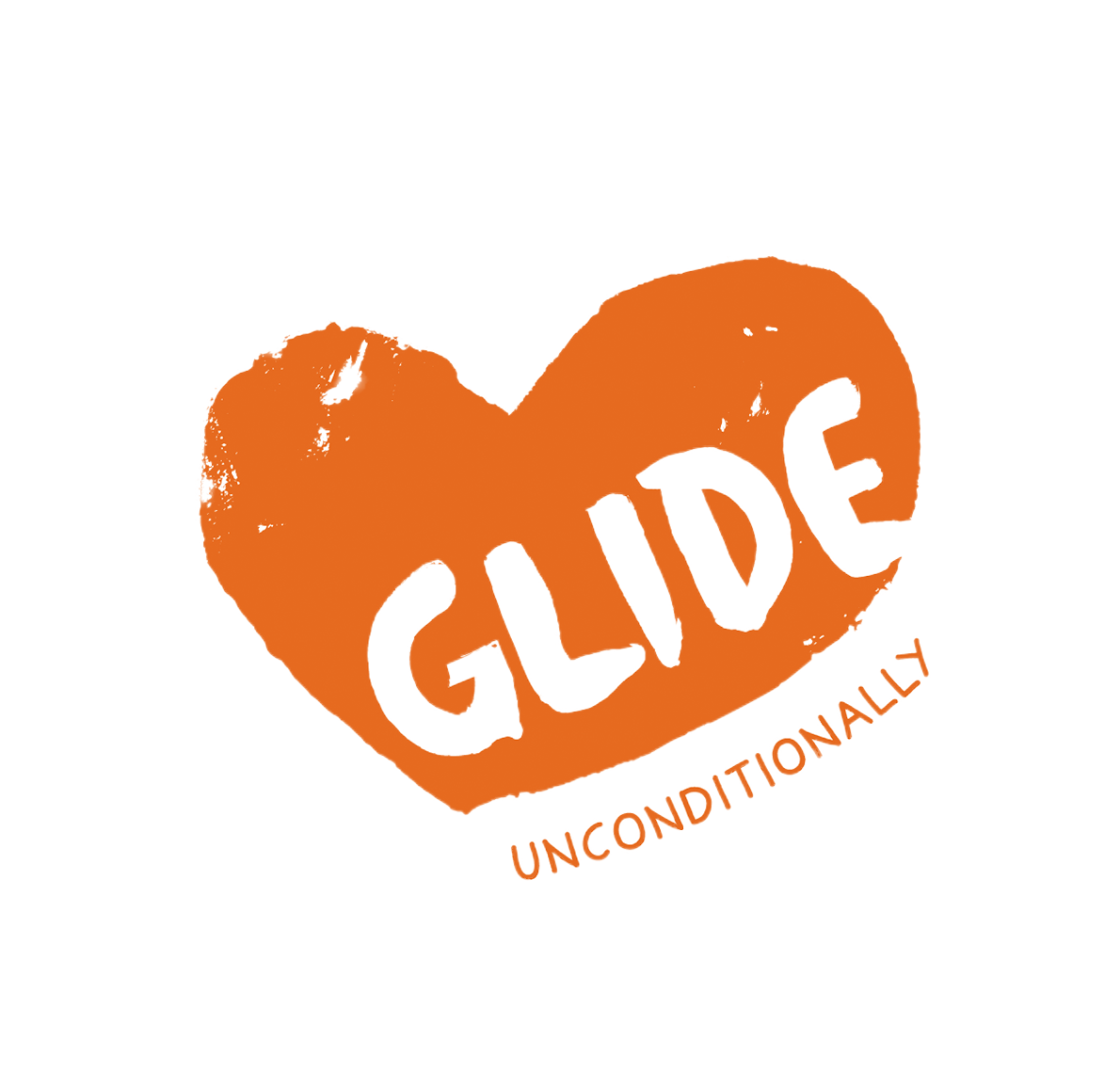1962 – A New Way of Listening
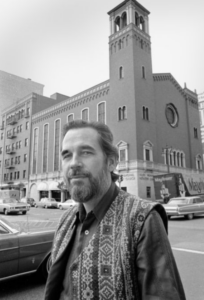
Photo of the Rev. Louis Durham. Courtesy of the The Bob Fitch Photography Archive at the Stanford University Libraries.
Glide’s revival, toward the church as we know it today, began in 1962. For a full year, the Rev. Louis Durham, studied the ministry needs in San Francisco and travelled to Methodist churches throughout the region to learn about what they were doing to respond to the needs of young adults. As a result of what they learned, Glide’s board of trustees committed to: 1) San Francisco; 2) the development of leadership, both lay and ministerial and 3) long-range programs that were experimental.
1963 – Strategic Outreach Begins and New Innovative Staff are Hired
As a result of these commitments, the Rev. Ted McIlvenna was hired in January 1963 to care for young adults in urban society. Late that same year the board established the Glide Urban Center to provide: 1) training for clergy and laity on mission, or outreach, to the city; 2) providing consulting services to churches; 3) experimenting in urban ministry; 4) establishing a center of urban life; 5) supporting specific projects in mission to the city; and 6) providing a team of specialists on mission to the city. As a result of these goals, the board created three divisions: 1) training, 2) church and community and 3) communications. The Rev. Donald Kuhn was hired to the communications division. And the Rev. Cecil Williams was hired to the lead the church and community division.
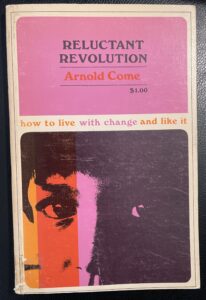
Courtesy of Megan Rohrer
The Rev. Donald Kuhn adapted the communications division to meet the needs of a constantly changing community in San Francisco. The board approved the publication of its first book Reluctant Revolution. Within three years Glide had a publishing house that brought in thousands of dollars each year. You can learn more about some of these publications here.
The Rev. Cecil Williams helped develop relationships with minority groups and with outside organizations, like the San Francisco Police Department, and “the more the board and staff worked with disadvantaged groups, the more the board encouraged its staff to tackle the problems no one else in the city would touch.” – Glide Foundation Report 1962-1967
The experimental programs focused on a clear mission and helped Glide to become relevant in spaces others were unable to help. For example, Glide was able to hire young adults in Hunters Point and cool down a near-riot. There were also failures, including a West Coast Urban Training Center and a Downtown Methodist Mission.
Some of Glide’s work as a fiscal agent helped to create large changes for homeless youth and young adults. Willingness to get arrested for sheltering homeless youth (it was illegal at the time), made it possible for the city of San Francisco to gift Glide a house that could be used to care for the growing population of homeless youth. The house became the Huckleberry House, and later became its own non-profit agency.
1966 – Merging the Church and the Urban Center
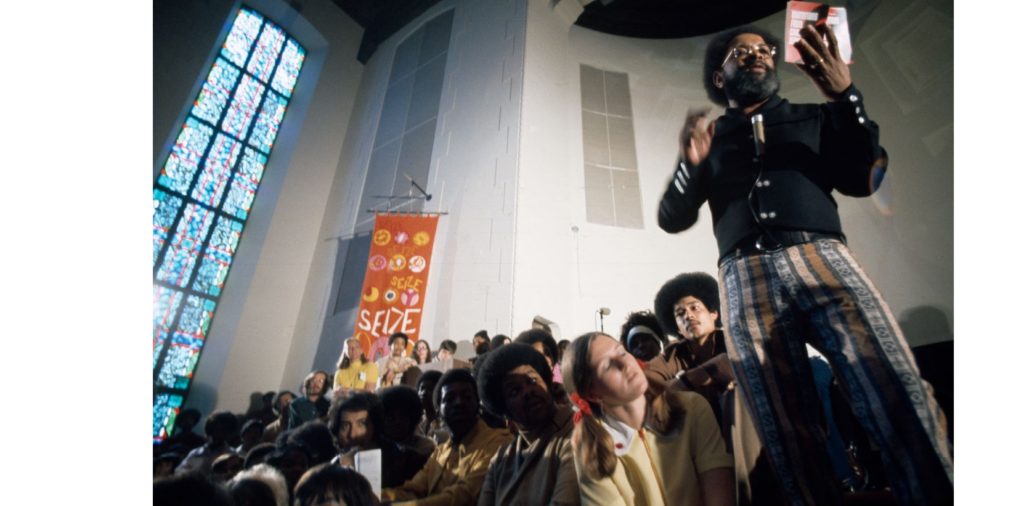
Photo of the Rev. Cecil Williams at Glide Church. Courtesy of the The Bob Fitch Photography Archive at the Stanford University Libraries
In 1966, the board merged the staff of the church and the urban center. The Rev. John Moore who was the pastor of the church at the time, helped church staff become part of the Glide Urban Center. In 1966, when the Rev. John Moore stepped down from the church, the Rev. Cecil Williams became the lead minister of the congregation.
Many remember the Rev. Cecil Williams’ revolutionary ministry in the 80’s and 90’s, few realize this ministry was made possible by decades of teamwork, cultural change inside the institution and strategic planning to care for San Francisco. Merging the work of the church and the urban center was painful and difficult for the small Methodist congregation, but doing so resurrected the church.
Historic documents from this transitional time in Glide’s history attribute the following to Glide’s success:
- The community’s trust of the church.
- Glide Church was seen as objective and able to help without self-interest.
- Reconciliation was desired by most people and while they do not find this in other churches, they still had hope that reconciliation of the church was possible.
- Glide’s staff were free from the denominational tasks and able to move through many segments of society and b. Glide’s financial independence allowed staff fiscal freedom and a minimum of institutional self-interest.
- Glide had a communication network from cultivated connections with organizations and alliances that enabled them to serve communities beyond the capacity of Glide’s means alone.
They also attributed their success to their roots in progressive Christianity:
“Glide is solidly grounded in the institutional church. By chance, it [was] grounded in Methodism, but it probably would not matter if it were grounded in another denomination. This means Glide is able to utilize the strength of an historical institution. It means the historical symbols of the Church are a part of Glide’s history and being. Glide as all the power available to it that come with the Gospel of Good News.” – Glide Foundation Report 1962-1967
LGBTQIA+ Support in 1963
This exhibit names 1963 as the year Glide Church began actively and publicly listening, acting and advocating with and for the LGBTQIA+ community, because it is the strategic work of the Glide Urban Center, Glide Church and newly hired pastors and interns that launched Glide Pride.
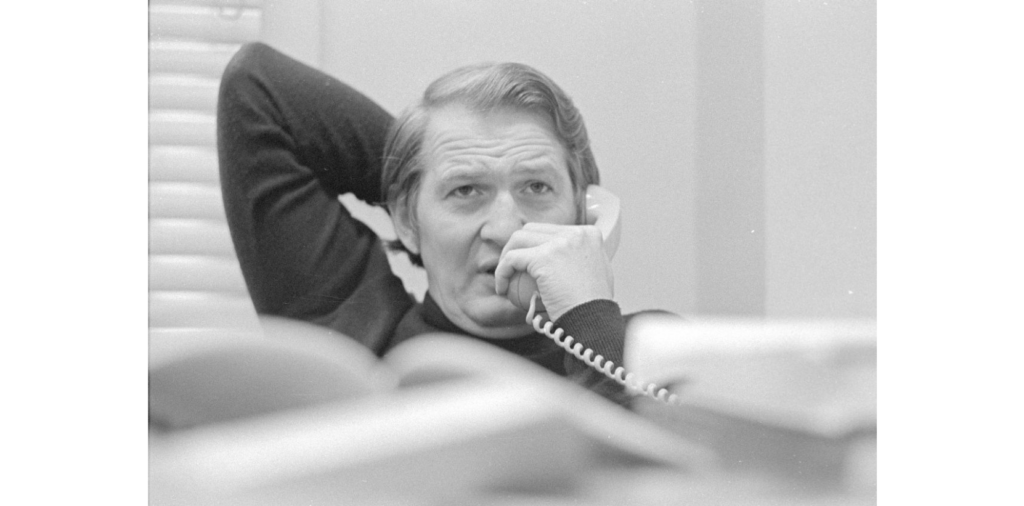
Photo of the Rev. Ted McIlvenna. Courtesy of The Bob Fitch Photography Archive at the Stanford University Libraries.
Centered in the organizing principles of Saul Alinsky, the clergy worked as a team. Due to the intentional work of the Rev. Ted McIlvenna and the many interns hired by the foundation, it was not an accident that the church began to fill up with young adults in the 60’s. Glide and the interfaith alliance of clergy they partnered with, worked with the youth in San Francisco, had programs for mission trips and exchange programs for youth in the Tenderloin to trade spaces with youth living in the Bay Area suburbs. Glide Church did not grow younger organically, it grew younger through strategic outreach.
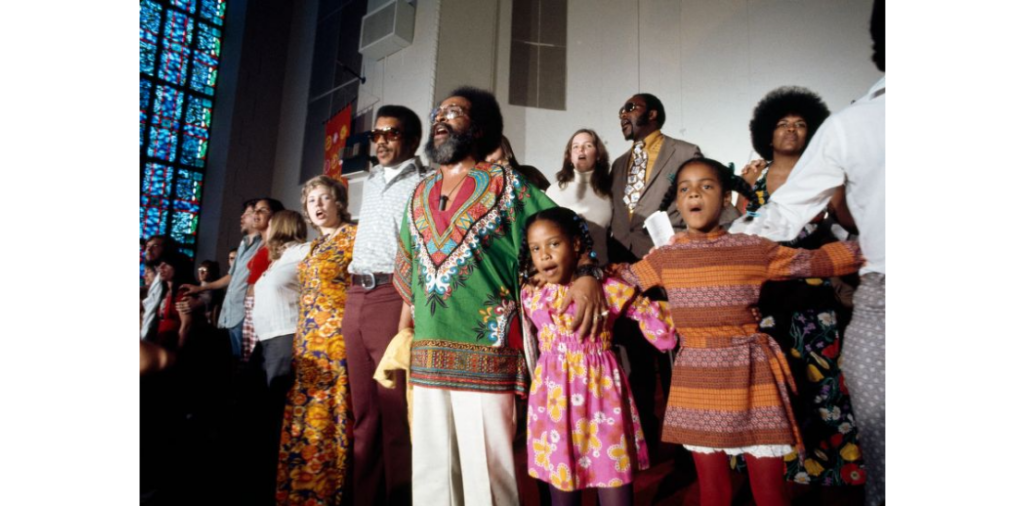
The Rev. Cecil Williams (center in green) sings during a Sunday Celebration at Glide Memorial Church. Courtesy of the The Bob Fitch Photography Archive at the Stanford University Libraries.
Due to the Rev. Cecil Williams’ connections with marginalized groups and organizations, it was not an accident that Glide (both the foundation and the church) became more diverse and swiftly responded to community needs and important news events.
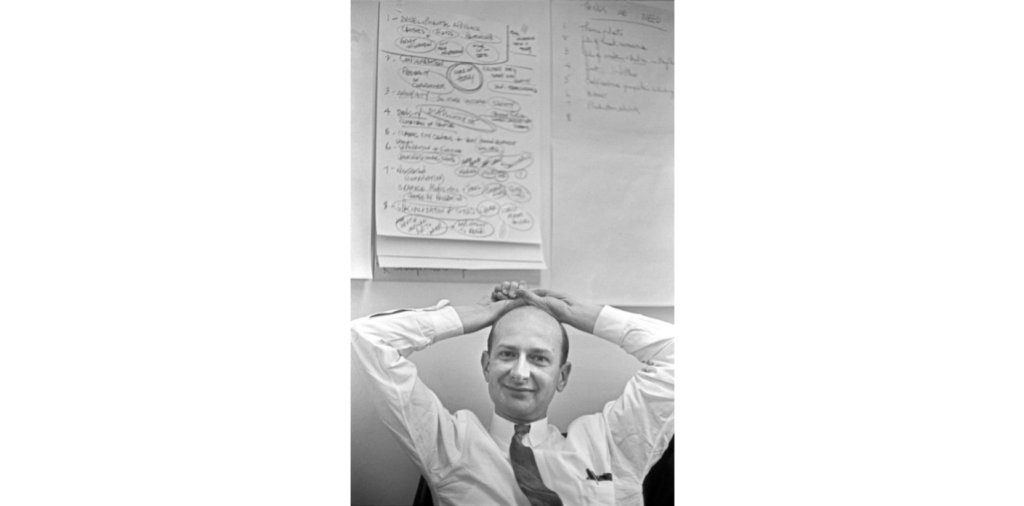
Photo of the Rev. Donald Kuhn. Courtesy of The Bob Fitch Photography Archive at the Stanford University Libraries.
Due to the publishing of the Rev. Donald Kuhn, it was not an accident that Glide was able to communicate with newsletters, bulletins, books and curriculum for other congregations to replicate. These efforts, along with negative publicity Glide received for caring for those on the edges, created a buzz and gave Glide a reputation welcoming to everyone. People began visiting from around the world to check out the church they had read about.
Due to his years of organizing in the community and cultivating relationships with the marginalized, the Rev. Cecil Williams took Glide Church to another level in the years to come. In the 80’s and 90’s Glide Church had to hire consultants because they had more people seeking to come to church than could fit in the building. Similarly, they Glide filled with donations, making it possible to open housing, create health care resources for those in need and critical services to respond to those living with HIV/AIDS, addiction and poverty.
Some of those efforts were successful and led to the programs that continue at Glide. Other experiments were less successful, like the 1980 effort to create a “park for drunks.” Experimental ministry is not about the success of a project, it is about empowering historically marginalized communities, expressing values and strengthening connections that support faith. Or, as the Rev. Cecil Williams said in a 1971 interview:
Some think faith leads to action.
Here we believe that action leads to faith.
Long after Glide had a team of pastors organizing a comprehensive urban strategy, the Rev. Cecil Williams’ ongoing success was deeply rooted in justice, service, prayer and strategic partnerships with marginalized communities and other organizations every other day the week. Today, Glide Church continues to express its mission utilizing the tools of the revival that began in 1962. We continue to celebrate the Rev. Cecil Williams and Janice Mirikitani, who shepherded our congregation and taught us the importance of storytelling. And we invite you to join us in this work as you encounter the stories in this exhibit.
If this exhibit has inspired you to learn more about Glide Pride, you can connect here.
